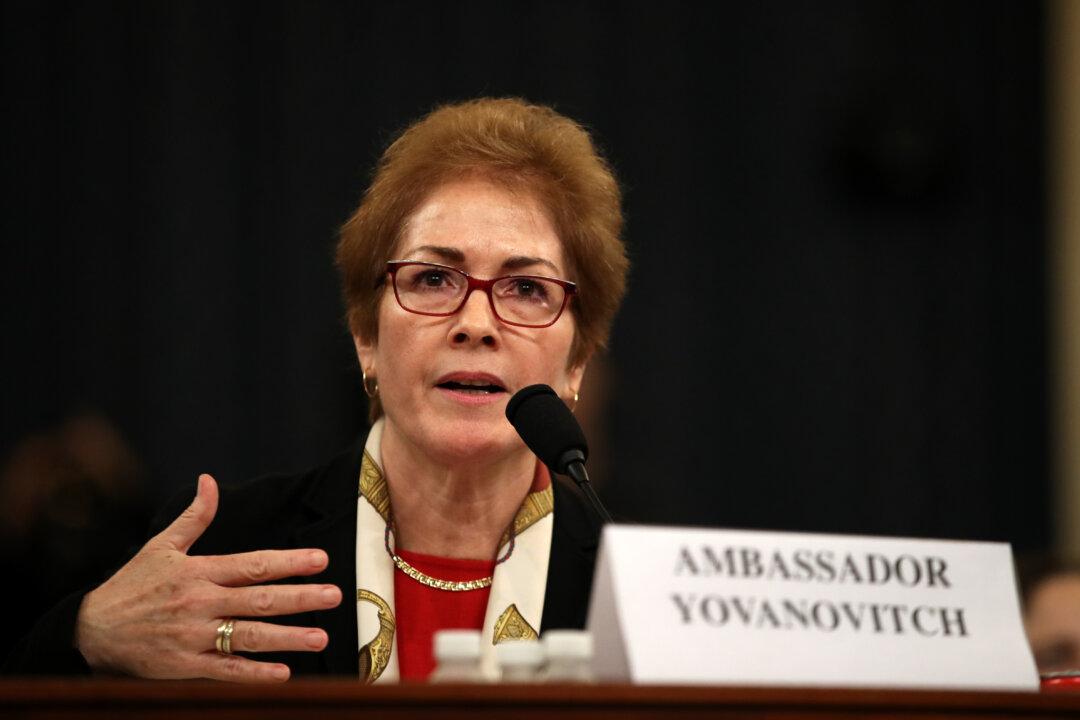WASHINGTON—The Roman poet Ovid once wrote that water is soft and marble hard, “and yet we see soft water through hard marble eat.”
The metaphor is now used to describe the virtue of persistence, which the Trump administration has demonstrated as it seeks to degrade what was once dubbed by the House Budget Committee as “The Unaffordable Care Act”: Obamacare, or the Affordable Care Act (ACA).






